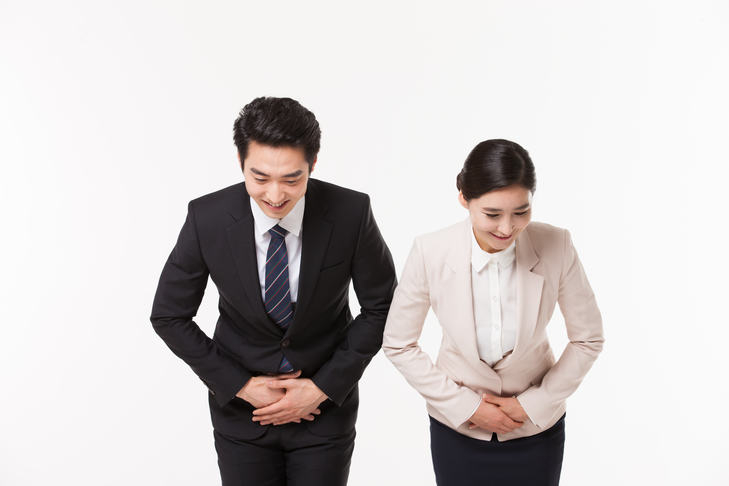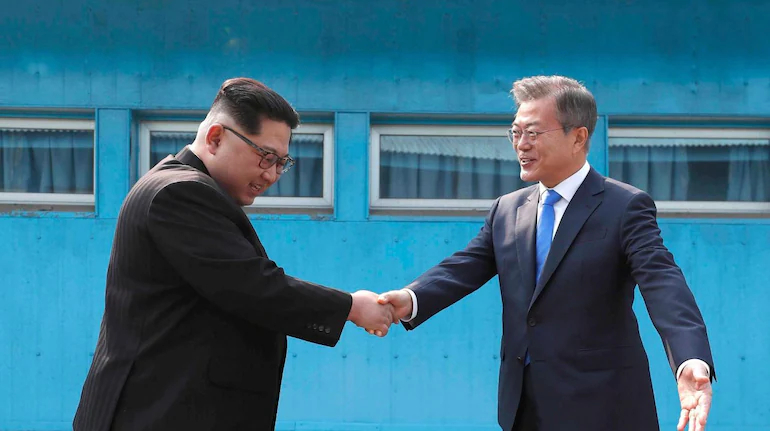Socializing
The very first thing in this list of North Korea culture, customs and etiquette is "Socializing". Formal greetings and introductions are common. Men commonly exchange handshakes, but a bow is more common. A person of lower status always bows until the other person offers a handshake or returns the bow. When Korean men shake hands, the right hand is extended, and the left hand is often supported at the wrist to show deference, and the head is slightly bowed. When two women meet, they typically extend their arms and grasp each other's hands. Adults are always bowed to by children, who wave or bow to one another.
When greeting someone, the most common phrase is Anyonghaseyo? (literally, "Are you at peace?"), which is the equivalent of "How are you?" Because the Korean language has various levels of formality, this and any other greeting will differ depending on who is involved. Anyong?, for example, is used with children, whereas Anyonghashimnikka? is used with superiors. The words all mean the same thing, but the different endings indicate different levels of respect. It is customary to inquire about superiors' health and parents when greeting them. When greeting subordinates, questions about their spouses and children are asked.
North Koreans normally do not visit one another unannounced, and arranged social visits are infrequent. Generally, people visit relatives for the lunar New Year or Parents’ Day, but not so often otherwise. Unless special business calls for it, a superior never visits a subordinate.








